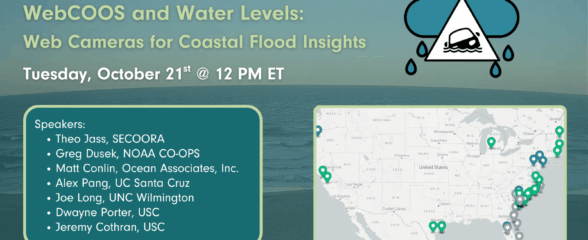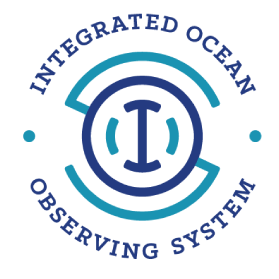
North Carolina is still recovering from the 2018 hurricane season. The devastating impacts of Florence are still be felt throughout the region. As the climate is changing – and hurricanes become more frequent –scientists are working hard to make sure communities are prepared to face the next storm.
Scientists and managers are installing living shorelines to mitigate storm surge and considering new development options to increase resiliency. Oceanographers are testing new technology to better forecast storm intensity. And forecasters are comparing historic and recent data trends to investigate the influences of the changing climate on storm formation and duration.
On June 17 at 6:30 PM, learn from experts on how they are using data, and ingenuity, to increase our understanding of hurricanes and the changing climate.
Speakers (click on names for bio):
- Debra Hernandez, Southeast Coastal Ocean Observing Regional Association
- Tancred Miller, Division of Coastal Management, North Carolina Department of Environmental Quality
- Catherine Edwards, University of Georgia Skidaway Institute of Oceanography
- Mark Willis, Meteorologist in Charge, Wilmington, North Carolina National Weather Service Office
Related news

Now Hiring: Director of Communications and External Affairs
SECOORA is seeking to fill the full-time role of Director of Communications and External Affairs. This role will serve as the organization’s strategic lead for engagement, communication, and external relations.

SECOORA Webinar | WebCOOS and Water Levels: Web Cameras for Coastal Flood Insights
On October 21st at 12 PM ET, SECOORA is hosting a webinar with investigators from the Webcam Coastal Observation System (WebCOOS) project team and the WebCOOS Project Manager. Web cameras are a low-cost technology that can be used to document flooding impacts to coastal communities. Register here.

SECOORA Funding Opportunity Announcement: Letters of Intent Solicitation
SECOORA will submit a coordinated regional proposal in response to the anticipated FY 2026 Implementation of the U.S. Integrated Ocean Observing System (IOOS) funding opportunity. Letters of Intent to be considered for inclusion in SECOORA’s full proposal are due September 9, 2025.



